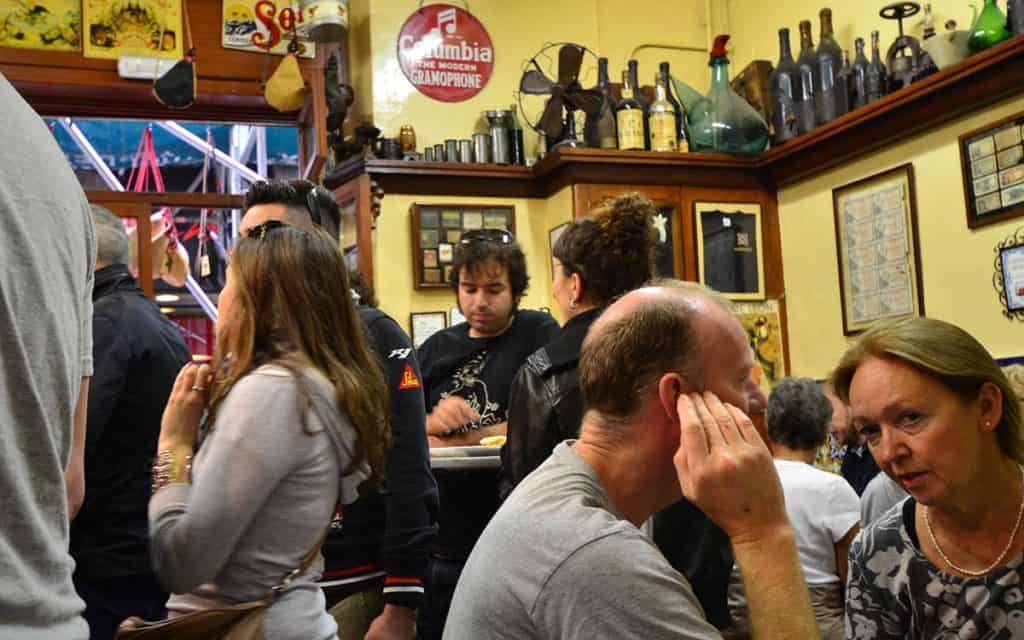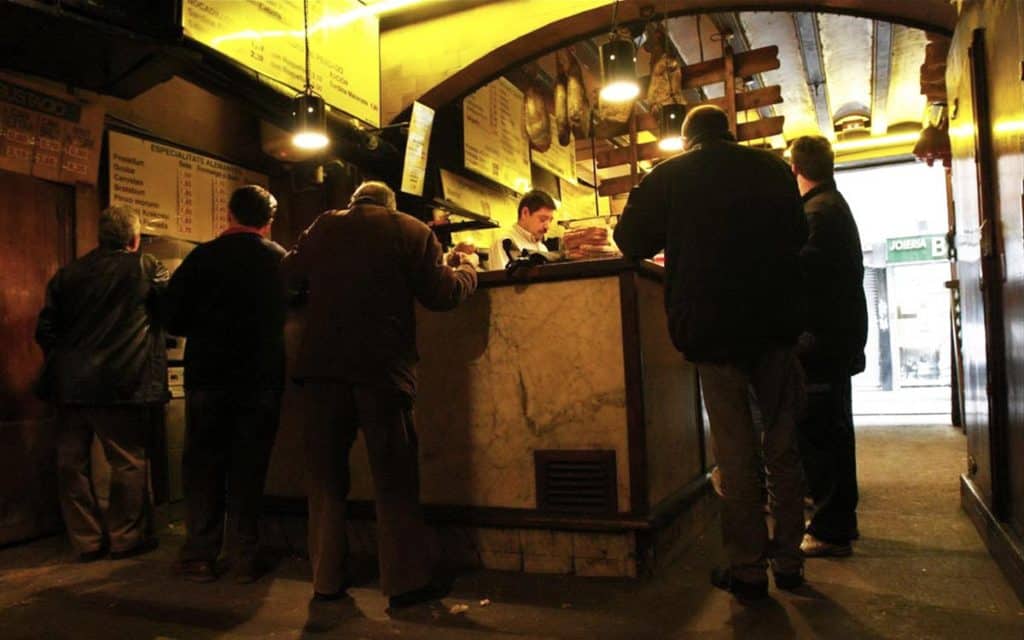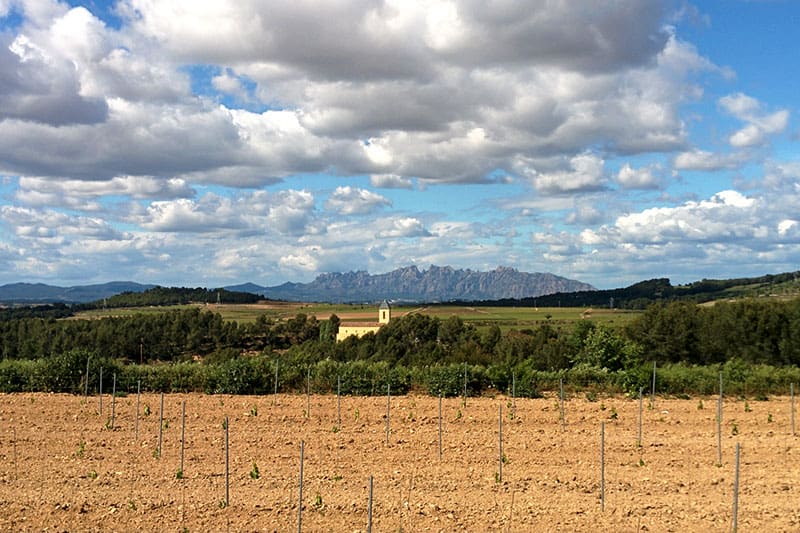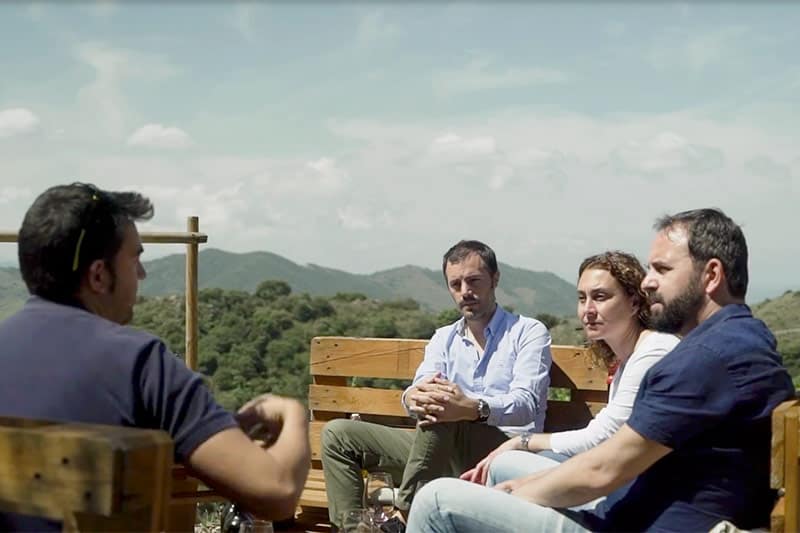Cava: Catalan Champagne
Everything you need to know about Spain’s own sparkling wine
By Duncan Rhodes
Welcome to Cava country! On this page you’ll learn what qualifies as ‘Spanish Champagne’, as well as discovering the traditional bars where it is served in Barcelona, and a number of recommended tasting activities in the nearby Penedes wine region.
What is Cava?
Cava is Catalonia’s very own white (or pink) sparkling wine, made using the ‘Champagne method’ famously employed on the other side of the Pyrenees. It is a delicious – and much cheaper – version of its French cousin. Cava is extremely popular in Barcelona, and indeed the rest of Spain, thanks to the numerous vineyards in the region owned by top wine-makers such as Codorniu, Torres and Freixenet.
Cava was first produced in 1872 by Josep Raventós of the Codorniu winery, who, after a reconnaissance mission to France, fell in love with Champagne and successfully copied its production method using Spanish grapes.
The essential process that makes a Cava what it is (and not a mere carbonated wine) is the secondary fermentation of the wine in the same bottle in which it is sold; the bubbles are formed naturally. This produces finer, more persistent bubbles than sparkling wines made by other methods, such as adding CO2 to a still wine.
Brut Force! 7 Different Types of Cava
Cava is produced with varying levels of dryness vs. sweetness, according to the amount of sugar used in the fermentation process. According to the Cava Producers Association the types are: brut nature, extra brut, brut, seco (dry), semiseco (semi-dry) and dulce (sweet). For connoisseurs, the drier the better.
Where is Cava Produced?
According to Spanish law, Cava can be produced in six wine regions in Spain and must be made according to the traditional Champagne method to qualify as the real deal. The most common grapes used in production are Macabeo, Parellada and Xarello, although Chardonnay, Pinot Noir and Subirat can also be used to make a fine sparkling wine.
Ninety nine percent of Cava is made in the Penedes region of Catalonia, just outside Barcelona.
…article continues after photo.
Xampanyerias (Champagne Bars)
Barcelona’s small handful of Xampanyerias (the word is simply Catalan for Champagne bar/Cava bar) are much-loved institutions, adored by the locals who flock to these, usually homely, dens to stand cheek-by-jowl and munch on tapas in between glasses of the good stuff. Typically the Cava is served up as a complement to relatively cheap bocadillos (sandwiches) and tapas dishes which patrons are required to order if they want to be served drinks too.
The atmosphere is often a feeding frenzy and a far cry from a civilised sit down meal – or quiet drink – however a visit to a Xampanyeria is strongly recommended for anyone who wants to sample these typical Barcelona joints and see the Catalans in their natural environment… everyone from old men in ill-fitting suits to boys in beach wear and senoritas in elegant cocktail dresses are partial to a Cava-flowing standing supper!
1. El Xampanyet

Address: C/Montcada 22
2. Can Paixano

Address: C/Reina Cristina 7
3. La Vinya del Senyor
Locations don’t get much better than a spot in the shade of the iconic Santa Maria del Mar church in El Borne, and so life at this little wine bar gets off to a good start. But it’s not just the scenery that’s great… there’s a fantastic selection of the fruits of Dionysus – and not just the sparkling stuff. Oenophiles can also sample some of the great reds and roses made in the nearby regions of Penedes and Priorat. Good nibbles too. It is a trifle touristic, but hey sometimes the holiday atmosphere of travellers indulging themselves is nice to be around.
Address: Placa Santa Maria 5
Cava Tasting Tours
There are plenty of tourist operators who are more than happy to pack you off in a mini-van to the Penedes region of Catalonia for a tour of a Cava vineyard or two, and the famous cellars where they are kept. Here are a few places and selected activities to begin your enquiries…
1. Create Your Own Cava

2. Private Cava Tasting Tour

More Wine & Food-Related Reading…
Also worth reading is our article on the Cava vineyards of Catalonia where you can read about some of the individual wineries where the wines are produced, and how to arrange your own visit if you prefer to travel independently. Meanwhile, if your epicurean sensibilities also include fine food then check out our guide to dining out and our page on delicious cooking and tasting activities.
About the Author
Duncan is the wine-loving editor-in-chief of Barcelona Life. He occasionally freelances as a Spain expert for the likes of Conde Nast, The Guardian, Easyjet Magazine, CNN Traveller and many more. From interviews with Ferran Adria to revealing the secrets of the city’s poetry brothels, he knows the Catalan capital inside out… and shares all his best tips right here.


